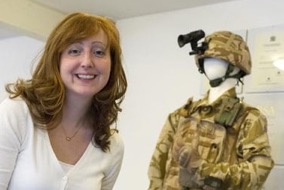 Tapestry Solutions, a subsidiary of Boeing, announced it has secured a five-year U.S. Air Force recompete contract to sustain and modernize the Global Decision Support System, or GDSS – the principal command and control (C2) software platform that supports global Air Mobility Command (AMC) missions.
Tapestry Solutions, a subsidiary of Boeing, announced it has secured a five-year U.S. Air Force recompete contract to sustain and modernize the Global Decision Support System, or GDSS – the principal command and control (C2) software platform that supports global Air Mobility Command (AMC) missions.
GDSS helps mobility aircrews successfully plan and execute core missions, ranging from aerial refueling to strategic airlift, while providing a common operational picture for AMC and mission partners on a fully integrated platform. This enables Mobility Air Forces to rapidly move personnel and equipment – anywhere in the world within hours – and sustain troop support or relief operations as long as needed.
“We are honored to continue as AMC’s trusted partner on their cornerstone C2 program. We look forward to providing GDSS with additional capability to enable AMC to execute their critical mission more effectively and efficiently,” said Debbie Churchill, vice president, Mission Products and Services, Tapestry Solutions. (https://www.tapestrysolutions.com/about-us/debbie-churchill/)
Tapestry Solutions, part of Boeing Global Services, has played a key role in the development, sustainment and enhancement of GDSS since 1992. Under the sustainment contract, GDSS will migrate to a cloud-hosted, DevOps environment while delivering uninterrupted services. In addition, next-generation software applications will be integrated with GDSS, capitalizing on the benefits of agile development and service-oriented architecture.
Source: The Boeing Company (NYSE: BA)
Date: Feb 18, 2020









